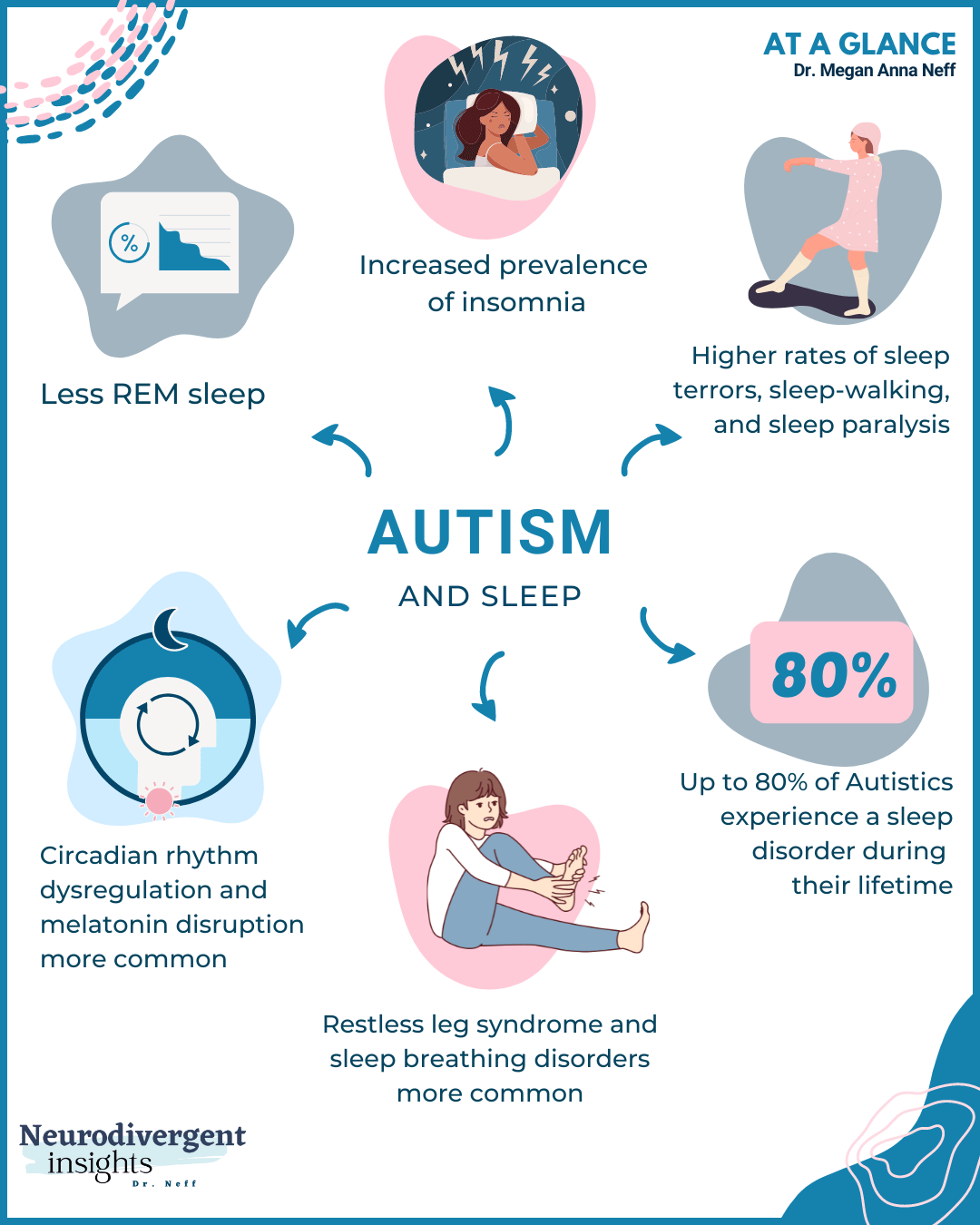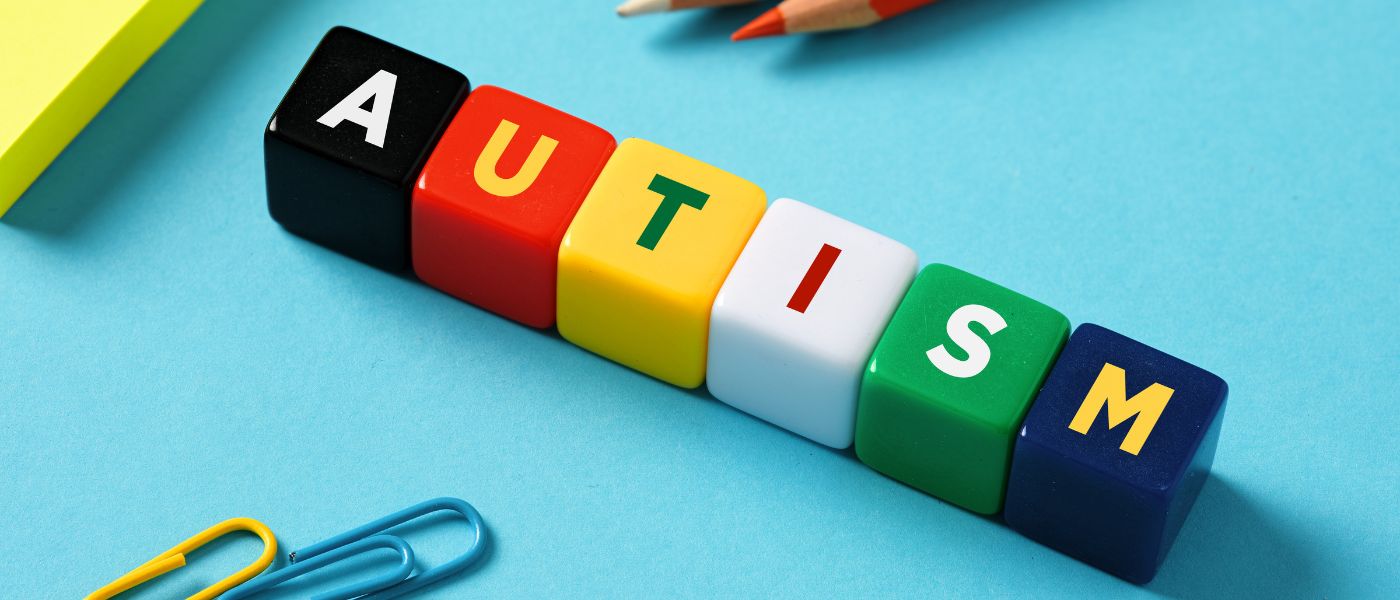Dealing With Usual Myths: What You Need To Learn About Autism Today
Dealing With Usual Myths: What You Need To Learn About Autism Today
Blog Article
Exploring Autism: Techniques for Efficient Communication and Interaction
Efficient communication and interaction with individuals on the autism spectrum require an extensive understanding of their special requirements and choices. Methods such as utilizing clear language, using aesthetic supports, and promoting constant routines can considerably improve engagement and decrease stress and anxiety. Moreover, recognizing the significance of non-verbal cues and shared interests leads the means for purposeful connections. Nonetheless, the details of these techniques expose further considerations that warrant exploration, particularly in just how they can be adjusted to specific experiences and diverse contexts. What might these adaptations appear like in practice?
Understanding Autism Range Disorder
Autism Range Problem (ASD) includes a variety of neurodevelopmental conditions defined by challenges in social interaction, interaction, and repetitive habits. The term "range" reflects the diverse symptoms and differing degrees of seriousness experienced by people with ASD. While some may display substantial impairments, others may present high-functioning traits, enabling better independence in life.
The beginning of ASD typically happens in very early childhood years, with signs frequently well-known by age 2. Early indicators may consist of postponed speech growth, limited eye get in touch with, and problems in recognizing social signs. Although the accurate etiology of ASD stays uncertain, study recommends a mix of hereditary and environmental elements plays an important duty in its development.
As a result, interventions and support customized to individual needs are necessary for cultivating communication and social abilities. Identifying the complexity of ASD is vital for advertising understanding, approval, and efficient techniques that help with meaningful communications with individuals on the range.

Importance of Clear Interaction
Reliable interaction is essential for promoting understanding and link, especially for people with Autism Range Disorder (ASD) Clear communication not only facilitates social communications but additionally enhances the individual's capability to share their thoughts, feelings, and needs. For individuals with ASD, the subtleties of language can commonly be challenging; as a result, using unambiguous and simple language is necessary.
Additionally, clear communication helps in reducing irritation and anxiety that may arise from misconceptions. When messages are communicated in a straight and consistent manner, people with ASD are better equipped to translate info accurately, which can dramatically enhance their social engagement and engagement in numerous settings.
Establishing routines and using aesthetic assistances can better boost clear communication. These approaches supply people with predictable structures that aid comprehension and retention of info. Additionally, actively listening and being person throughout communications advertises a helpful environment where individuals with ASD really feel valued and comprehended.
Ultimately, prioritizing clear communication not just equips individuals with ASD however additionally promotes even more purposeful connections with their peers, caregivers, and the wider area, leading the way for collaborative connections and inclusive communications. - autism
Non-Verbal Interaction Techniques
Communication expands past words, and for individuals with Autism Spectrum Problem (ASD), non-verbal hints play a considerable function in interactions. Non-verbal communication strategies can consist of faces, motions, body language, and eye get in touch with, all of which act as Check This Out crucial components for conveying intentions and emotions.
Understanding and analyzing these non-verbal signals can boost interactions with individuals with ASD. A cozy smile or open stance can create an inviting ambience, urging engagement. Likewise, utilizing aesthetic help-- such as picture cards or icons-- can connect interaction spaces and assist share messages extra properly.
It is additionally essential to be conscious of individual space, as people with ASD may have various convenience levels pertaining to closeness. Observing their responses to physical nearness can educate appropriate adjustments.

Creating Helpful Atmospheres
Developing a helpful atmosphere is important for fostering favorable communications and enhancing the wellness of individuals with Autism Range Problem (ASD) Such environments can dramatically minimize anxiety and create a feeling of security, enabling people to share themselves much more openly.
To accomplish this, it is necessary to take into consideration sensory level of sensitivities that individuals with ASD may experience. Modifying the physical room to include soft lights, very little background sound, and comfortable seats can create a calming environment. Additionally, utilizing consistent regimens and More about the author clear visual timetables can help individuals prepare for transitions and lower unpredictability, additional promoting convenience.
Social areas ought to be structured to minimize frustrating stimulations while offering chances for involvement in favored activities. Helping with areas designated for peaceful time can also act as a sanctuary during moments of tension. Notably, integrating aspects of choice encourages people, enabling them to work out agency in their environment.

Urging Social Communications
Promoting social communications among individuals with Autism Spectrum Disorder (ASD) needs willful strategies that prioritize convenience and engagement. Developing predictable routines can assist lower anxiety, making social settings more approachable. Producing organized settings with defined roles and obligations permits individuals to engage without the frustrating stress of unstructured social dynamics.
Incorporating interests and staminas right into social activities can my review here act as a stimulant for communication. Arranging group tasks around shared hobbies or topics of fascination can promote natural conversations and links. In addition, utilizing visual supports, such as photographic schedules or social scripts, can assist in comprehending social cues and expectations.
Designing suitable social actions is essential - autism. Grownups and peers ought to demonstrate reliable communication methods, including active listening and turn-taking. Role-playing circumstances can also supply a safe room for people to practice these abilities
Finally, fostering peer relationships with comprehensive methods is important. Encouraging inclusive playdates or group trips can develop possibilities for socializing in a comfy setup. By implementing these educators, approaches and caregivers can substantially improve social communications for individuals with ASD, promoting their general social growth and well-being.
Conclusion
In verdict, reliable communication and communication approaches are important for sustaining individuals with Autism Range Disorder. Ultimately, these techniques empower people with autism to navigate social landscapes, advertising their overall wellness and allowing the growth of lasting relationships.
Reliable interaction and communication with individuals on the autism spectrum require a thorough understanding of their unique demands and preferences. Clear interaction not only promotes social communications yet also improves the person's ability to share their ideas, demands, and emotions.Cultivating social communications amongst people with Autism Range Condition (ASD) needs willful methods that prioritize convenience and interaction. By executing these strategies, caregivers and educators can considerably improve social communications for people with ASD, advertising their overall social development and health.
In conclusion, efficient communication and interaction techniques are vital for supporting people with Autism Range Disorder.
Report this page